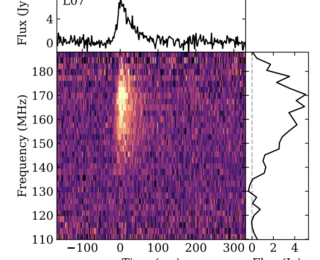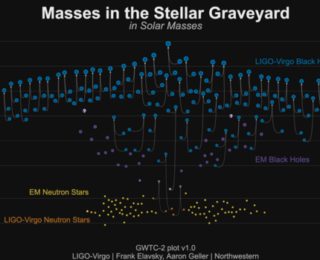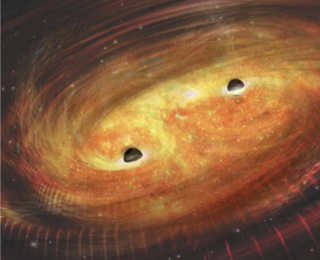
Double (Neutron Star) Trouble
A new massive pulsar binary system has been found, but could it be an elusive double neutron star system?

A new massive pulsar binary system has been found, but could it be an elusive double neutron star system?

After more than 30 years, have astronomers finally discovered what the compact object at the center of Supernova 1987A is?

A repeating, periodic FRB as been detected for the first time at frequencies almost low enough to tune into on an FM radio.

The newest catalog of compact object mergers detected by the LIGO-VIRGO Collaboration has arrived!

What do optical telescopes and neutron stars have in common? They can both be used to look for supermassive black hole binaries!